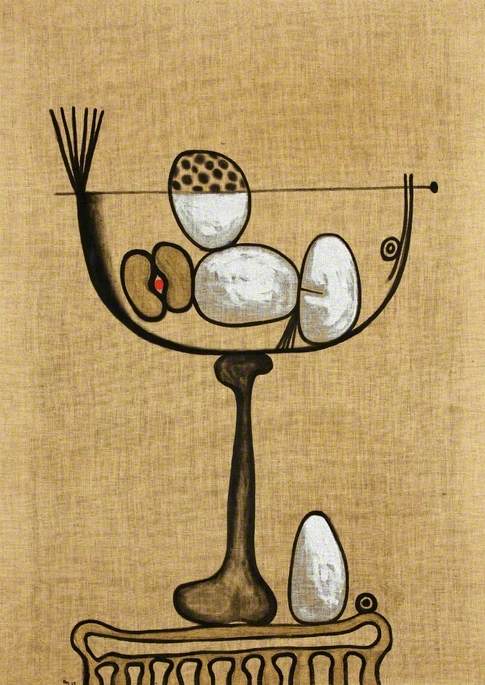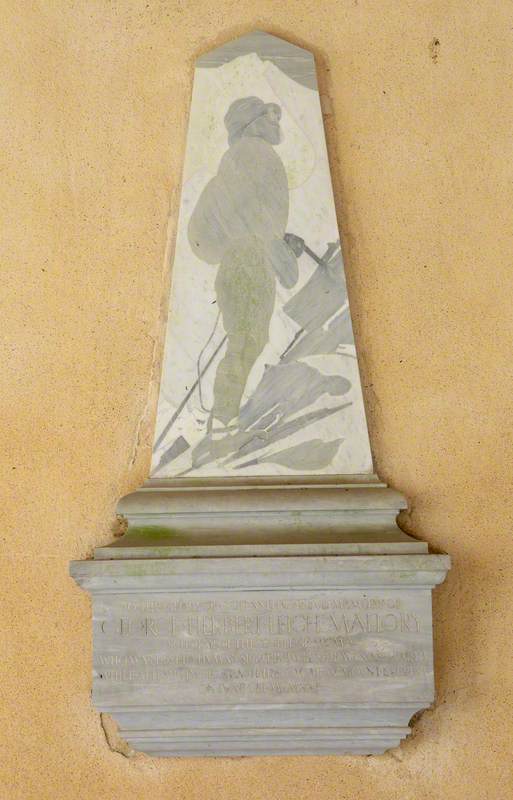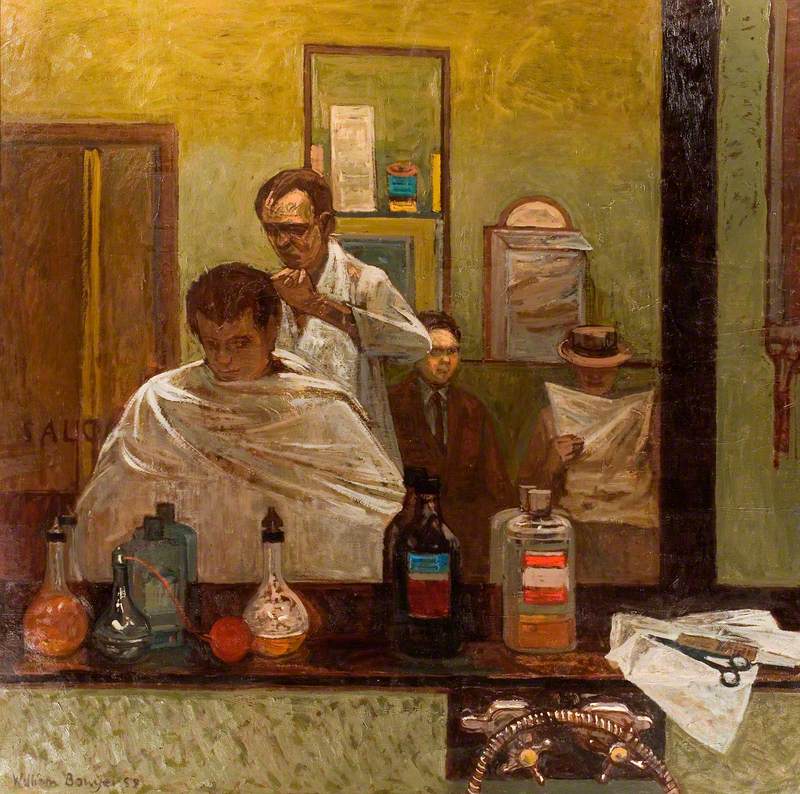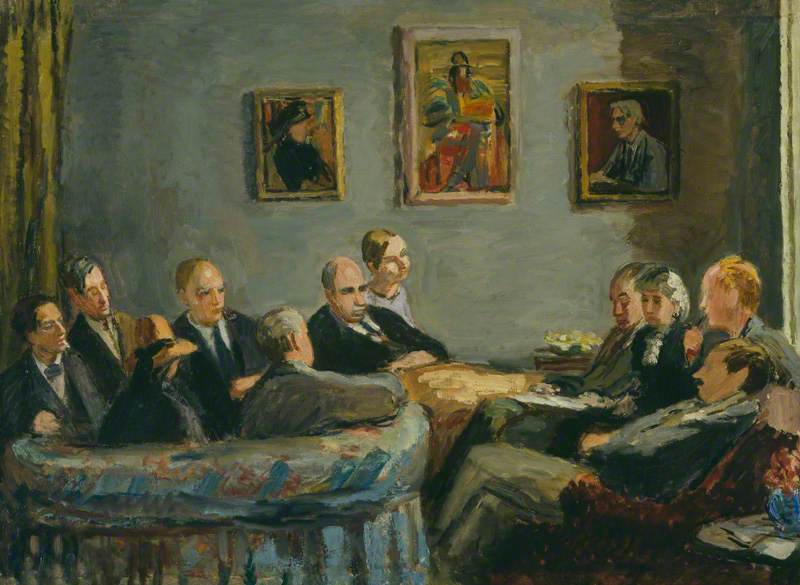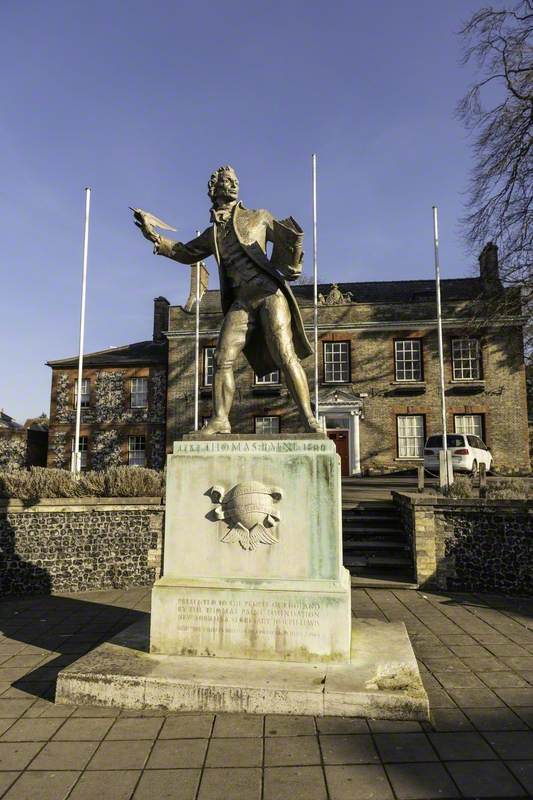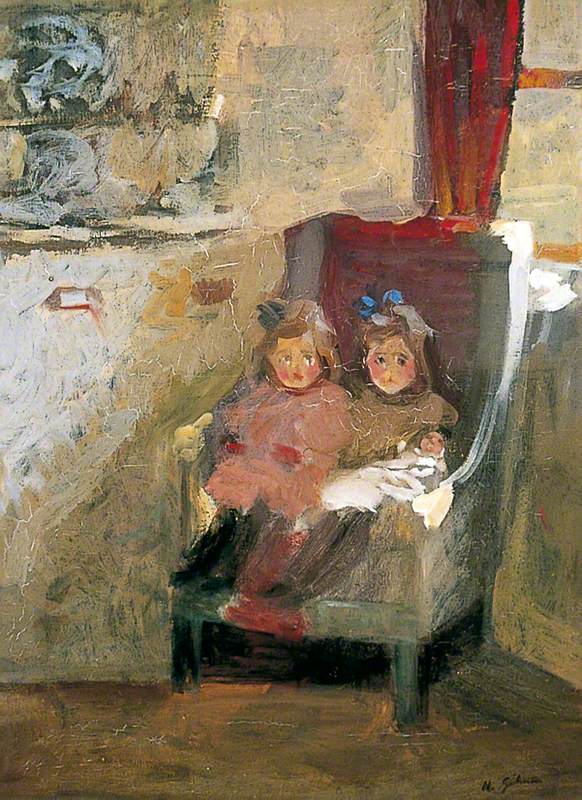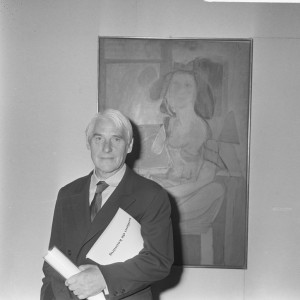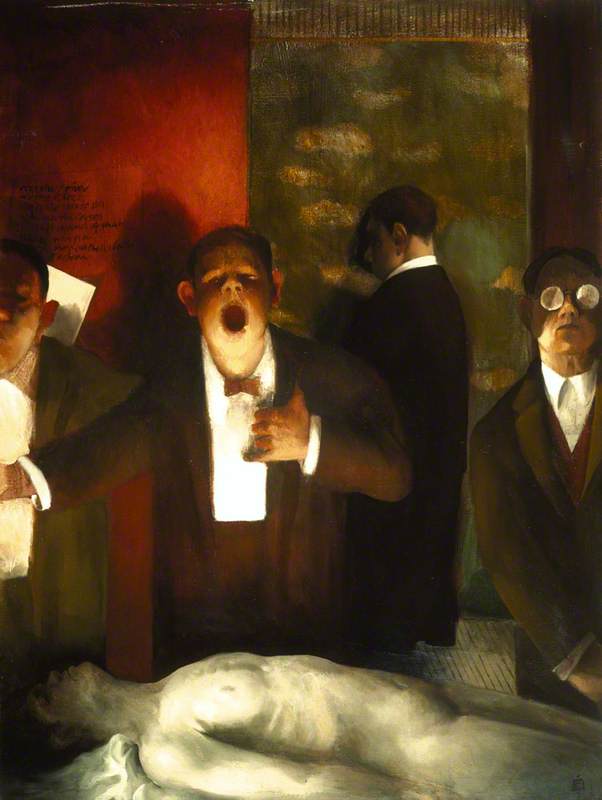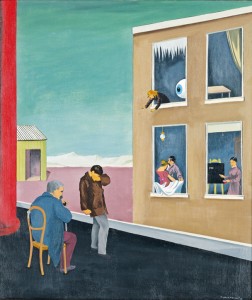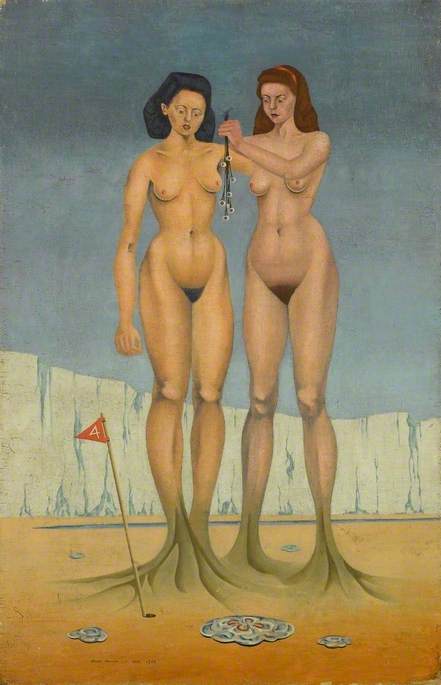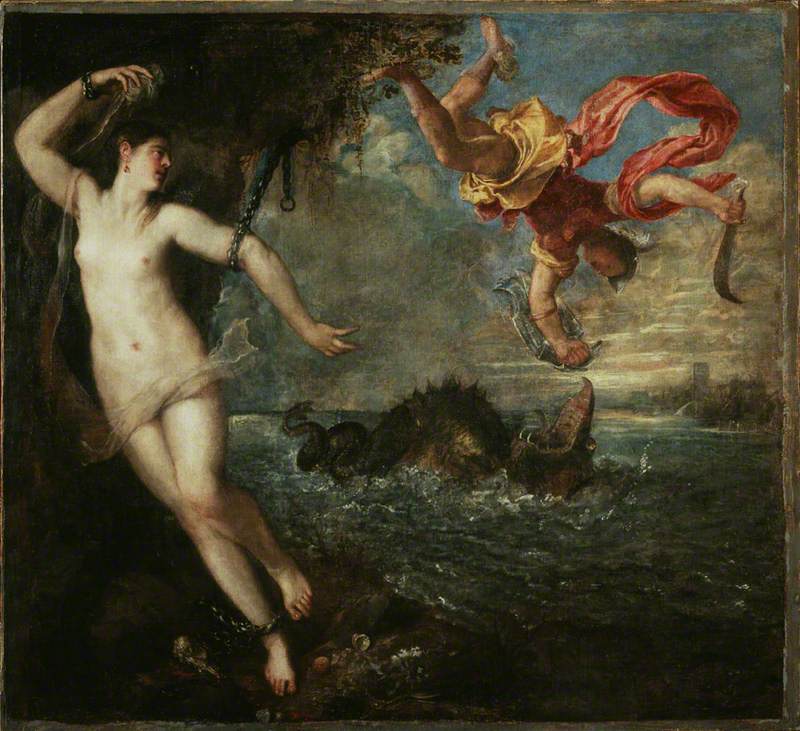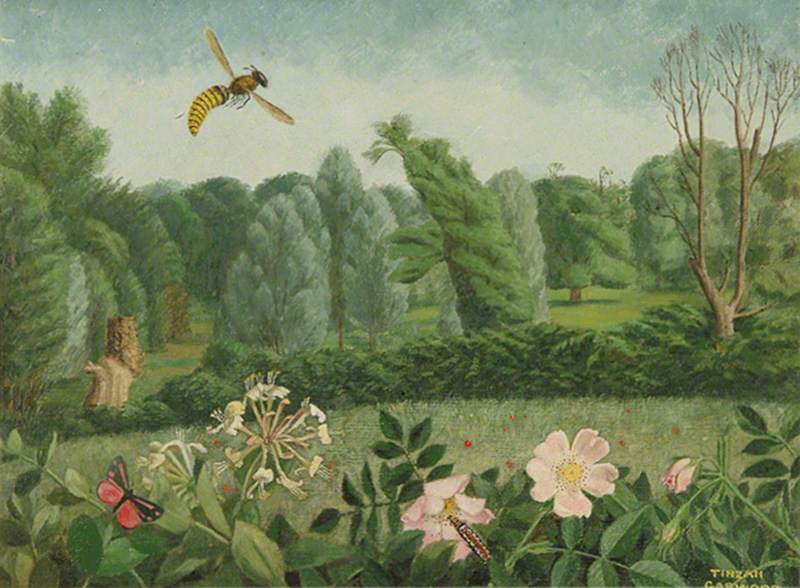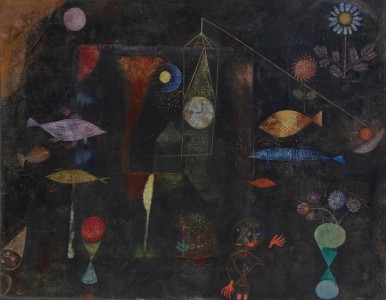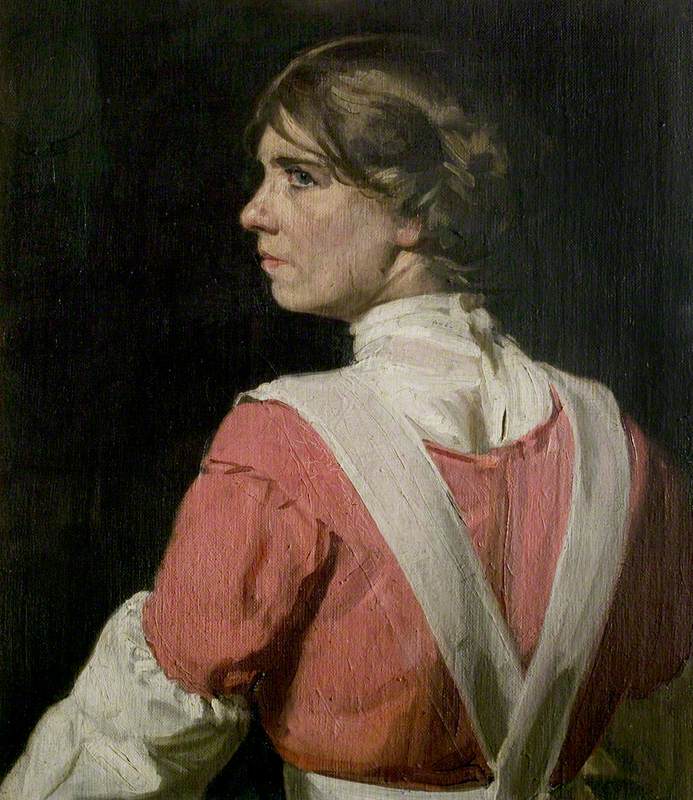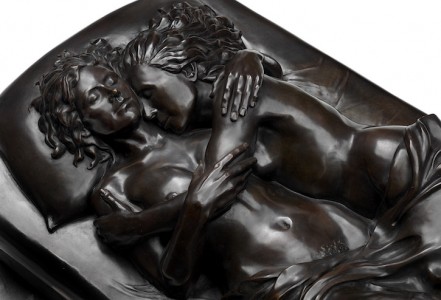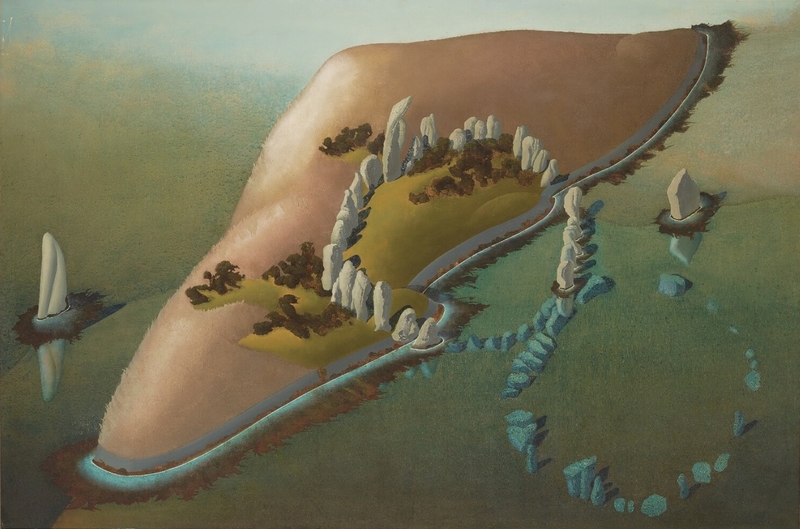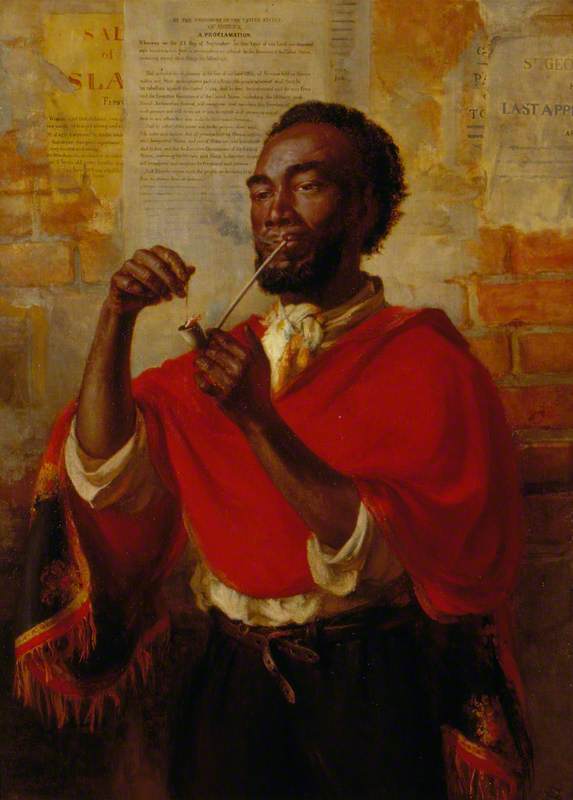Is that a wine glass, or a bowl? A bone or a stem? Eggs or some strange unknown fruit? There is no wrong answer. The beauty of this surrealist artwork lies in its ambiguity; its meaning depends on the viewer's experiences. Desmond Morris's still life painting, The Mysterious Gift, offers a selection of unusual and strangely presented objects, whose identity is open to the interpretation of the curious viewer.
Morris is a man of many talents. You may recognise him as a broadcaster, a world-renowned zoologist, or the author of the landmark book The Naked Ape. Yet Morris's fascination with human behaviour goes even further than that, bleeding into his surrealist paintings of barren landscapes littered with biomorphic forms.
His career as a surrealist artist began in the 1950s, some 30 years after the movement was born, of a fascination with theories of the unconscious mind. Surrealist artists and writers embraced the idea that art does not need to be shaped by reason, but rather something more instinctual, something unexpected, uncanny and unconventional.
Desmond Morris with his book 'The Nude Ape' in Amsterdam
1969, photograph by Eric Koch (b.1940) 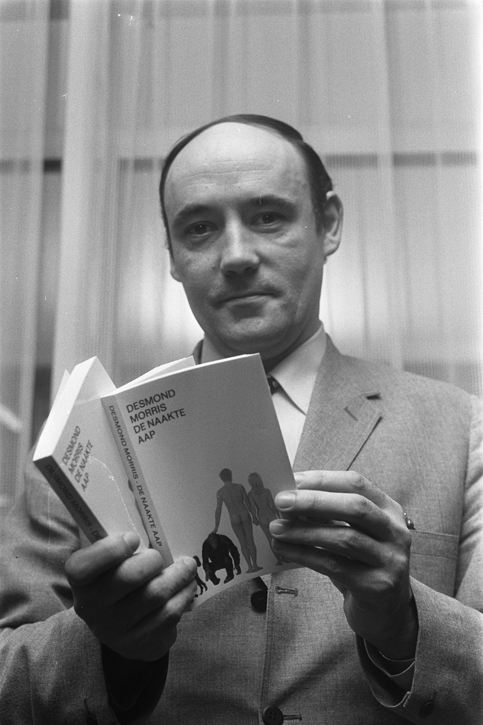
Before creating The Mysterious Gift in 1965, Morris stretched the canvas back to front, in order to paint on to the raw surface of the material. This was common practice for Morris's friend, the seminal artist Francis Bacon. Morris took his cue from Bacon here, but of his many paintings (almost 3,500), it is the only instance where he has employed this unconventional technique.
The Mysterious Gift is unique within Morris's oeuvre, so it is fitting that he himself presented it to Swindon Museum and Art Gallery in 1965. After all, Swindon was the place where it all began – Morris moved to the town as a child, and held his first one-man exhibition at the Swindon Art Centre. In January 2023 he will celebrate his 95th birthday, and has been known to refer to himself as the 'last living surrealist'.
Katie Ackrill, Engagement Officer, Swindon Museum and Art Gallery
The Mysterious Gift is available to buy as a framed or unframed print from the Art UK Shop.
